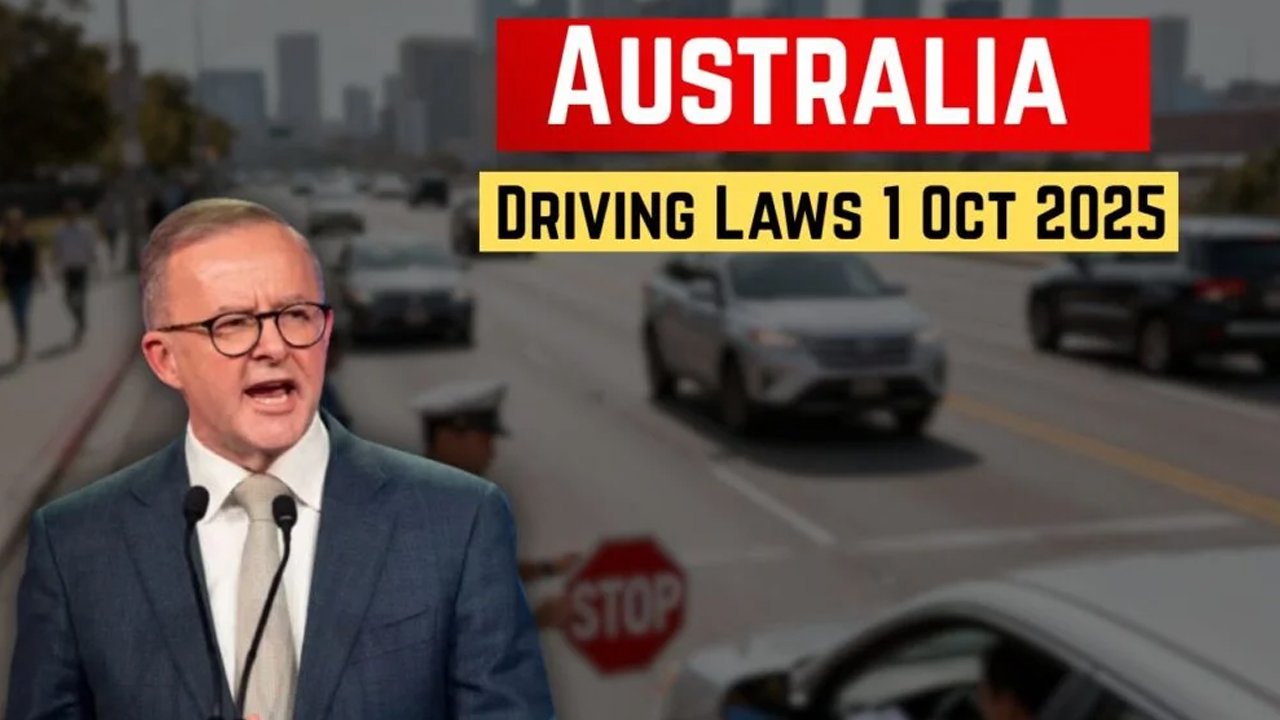In October 2025, more changes will come to Australia’s roads because every few years changes come to Australia’s roads, and every few years changes come to Australia’s roads and to improve safety and the flow of traffic. These changes include more severe consequences for more common offences and new rules for driving restrictions for the elderly. Driving for a longer time or having a new license, the updated rules can save you a fine or even an accident.
From mid-september of 2025, the new rules will require more frequent health checks for elderly drivers. These checks will include assessments for vision , cognitive and mobility functions. elderly drivers will more likely be contact eligible conditional licenses for restricted travel, to give driving elderly the option of less travel and driving more than 4 hours in a row. Those who are 85 and older, practical on-road driving tests may be required to keep their unrestricted licenses.
People of all ages need to learn and follow road rules. There are new road rules made to protect pedestrians who cross the road and cyclists who ride alongside cars. For instance, pedestrians can cross the road at intersections with traffic lights, and U-turns are prohibited unless stated. If someone is making a U-turn to enter a side road, the driver must give way to them. This clears up confusion about who has the right of way. Moreover, starting May 2025, all drivers must slow down to 25 km/h when passing a stationary breakdown service vehicle with flashing amber lights. This helps keep service vehicle workers safe, as they are roadside employees.
| Rule/Category | Description | Penalty/Effect |
|---|---|---|
| Senior Driver Medical Checks | More frequent health and driving fitness exams | Possible license restriction or conditional license for 70+ |
| U-Turn Restrictions | U-turns banned near pedestrian crossings | Illegal U-turn fines, increased enforcement |
| Passing Stationary Vehicles | Slow to 25 km/h near roadside breakdown vehicles | Fines and demerit points |
| Double Demerit Periods | Applies during holidays for speeding, phone use | Penalties doubled including potential license suspension |
| Speeding Fines | Harsh fines and suspensions for >45 km/h over | Immediate license suspension for major speed violations |
Finally, the government is also increasing penalties for risky driving behaviours. For instance, during school and public holidays, double demerit points are added for speeding, using a mobile phone while driving, and seatbelt offences. This enforcement is meant to decrease risky behaviour during times when there are a lot of cars on the road. Furthermore, there is a new speeding fine structure which imposes automatic license suspension for 45 km/h over the limit along with other severe repercussions. This also applies to other high margin speeding fines.
Australia continues to prioritize safe road usage through prevention, enforcement, and education by changing rules. Requirements differ by state or territory so drivers are encouraged to understand local rules. As explained, compliance safeguards road users, drivers, pedestrians, and cyclists alike. The bottom line is, avoid fines, understand and respect the updated laws, and help make Australia’s roads safe.
Q1: When do the new traffic rules come into effect?
A1: The updated traffic rules officially start in October 2025, with some regulations for senior drivers beginning in mid-September 2025.
Q2: What are the key changes for senior drivers?
A2: Stricter medical checks and possible practical driving tests apply for drivers aged 70 and above, with conditional licenses available to restrict driving times or areas for safety.
Q3: Are penalties harsher under these new rules?
A3: Yes, penalties for speeding, mobile phone use while driving, and failure to wear seatbelts are increased, especially during high-traffic periods with double demerit points applied.
